Force Crag Mine in the English Lake District,was a working mine until 1991. The site was mined for lead from 1839 until 1865, and for zinc and barytes from 1867. It is a Scheduled Ancient Monument, and a SSSI (site of special scientific interest). The old mine is at the end of the beautiful Coledale Valley.
The mill buildings were built in 1908-9 and redesigned in 1940. It is owned by The National Trust, and the buildings are only open to visitors to visitors about 4 days a year. The mine is not open to visitors.


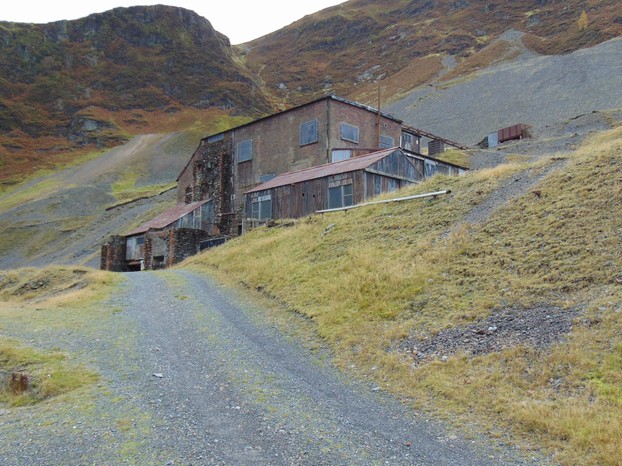
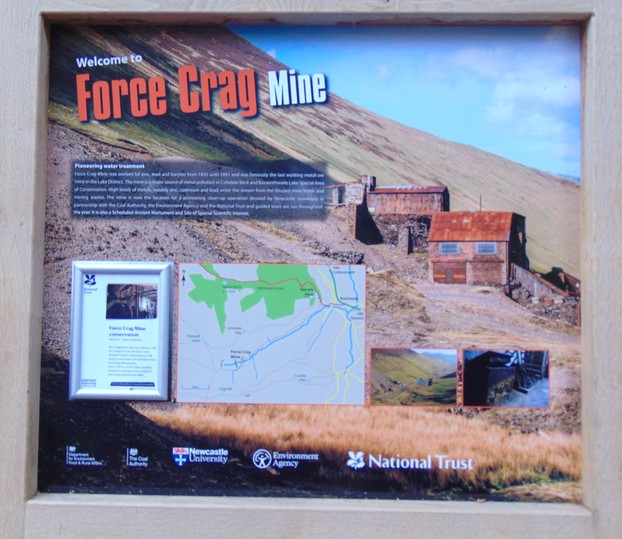
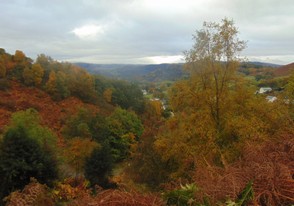


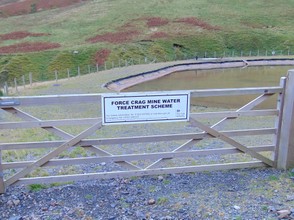
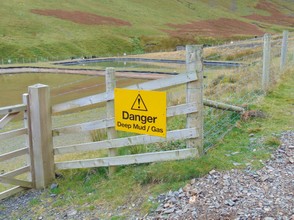
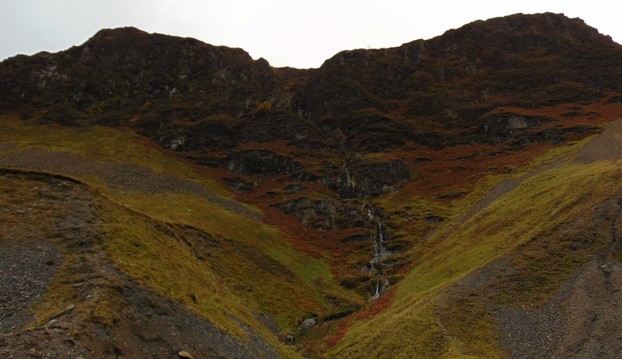
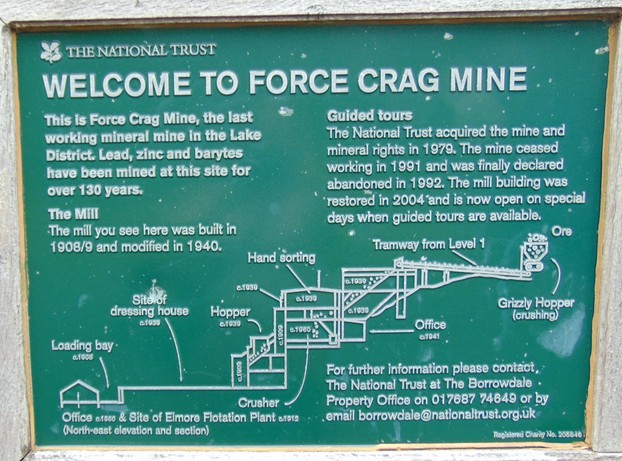
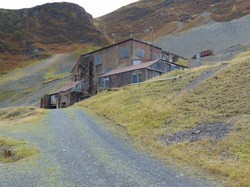

 Blarney Castle and Gardens, County Corkon 06/01/2023
Blarney Castle and Gardens, County Corkon 06/01/2023
 An Cóbh, Corcaigh, Eireon 05/29/2023
An Cóbh, Corcaigh, Eireon 05/29/2023
 Dublin ; The Book of Kellson 04/04/2023
Dublin ; The Book of Kellson 04/04/2023
 The Bee Tree Community CIC;- an online support communityon 08/24/2022
The Bee Tree Community CIC;- an online support communityon 08/24/2022
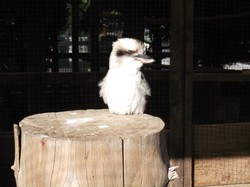
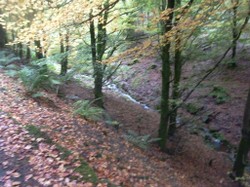
Comments
British schools only get one bank holiday ( start of May )which the schools have to make up by adding a day to a term some time . All other banks holidays are inside school holidays so they are included in those.
British bank holidays
Jan 1st
Good Friday
Easter Monday
Start of May including schools
End of May
August Bank Holiday
Christmas Day
BOXING day
8 in total
Thank you for your comment below in answer to my previous observation and question.
Wow! June as in-school month must be difficult to muster through if sunshine-y weather makes up most of the days.
Twentieth-century Unitedstatesian schools ran from the day after the Labor Day holiday (typically the very end of August or, like this year, the very beginning of September [Sep 2 this year] to before the very-end-of-May Memorial Day holiday.
What would the 8 national days be during the school year?
No school summer holidays do not include June here
Thank you for your comment below in answer to my previous observation and question.
Your answer advises us that "In the UK, the schools finish for only 5 or 6 weeks in summer, those weeks being end of July and August."
Do schools not have June off?
Derdriu
I have been visiting that area for nearly 50 years and never knew about the mine until I picked up a leaflet about it in our hotel. I also missed the open days ! :)
In the UK, the schools finish for only 5 or 6 weeks in summer, those weeks being end of July and August. The schools here have a total of 11 or 12 weeks a year incl all 8 national days
Veronica, Thank you for the tour, particularly since I've missed this month's open day for 2017 -- ;-D -- according to the National Trust website information on Force Crag.
Is it typical that Tuesdays, Wednesdays and Saturdays for days of the week and April, May, June, July and September for months are selected?
Does August -- in the United States, it tends to be a flurry of activity for back to school and work, with all the vacation burden on June and July -- have the reputation as the main vacation month?
MBC. TY. Yes. It is in a very quiet Lakeland vale. The walk is just over 6 miles in total but fairly flat once we rose. As I said, I would LOVE to go in.
Looks like an interesting outing.
It is many moons since I walked the Whinlatter Pass.
Ty for the input. It helps put the bigger picture together . If you get up there to Braithwaite , this is a walk off The Whinlatter and well worth it. We will certainly return.